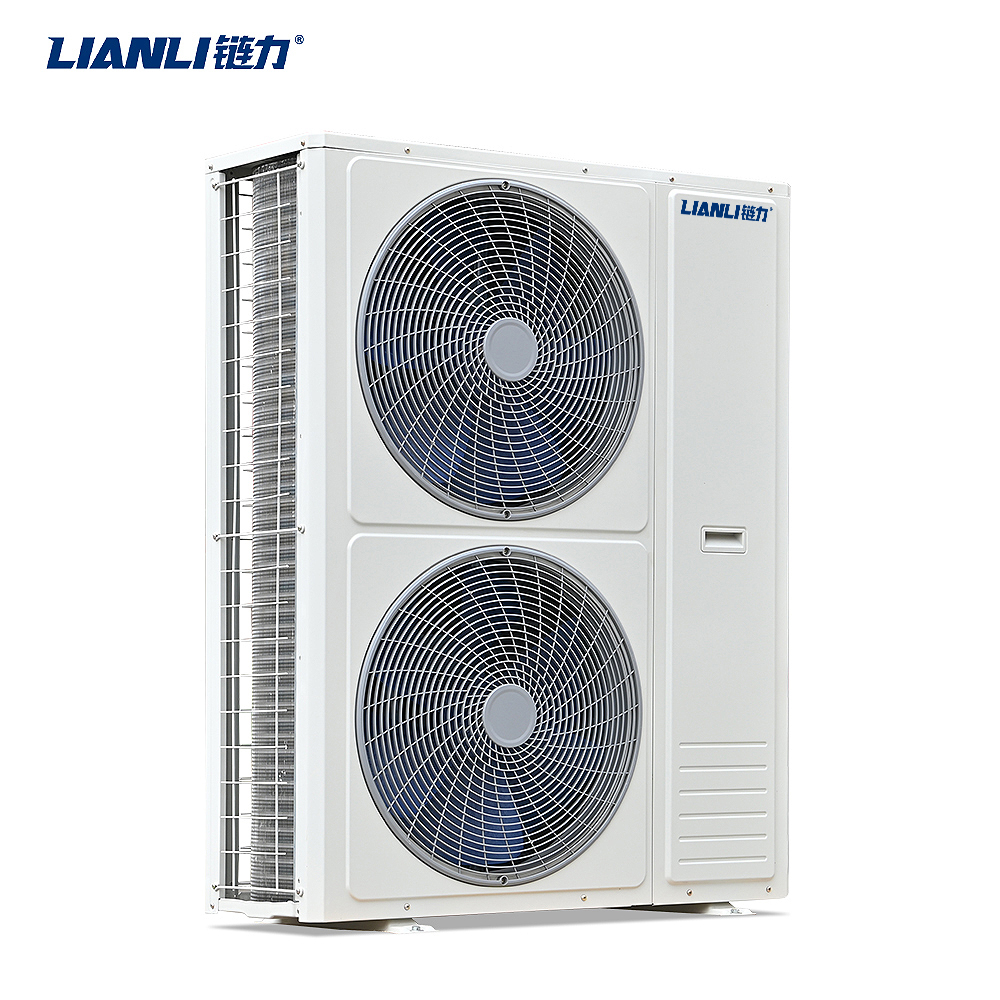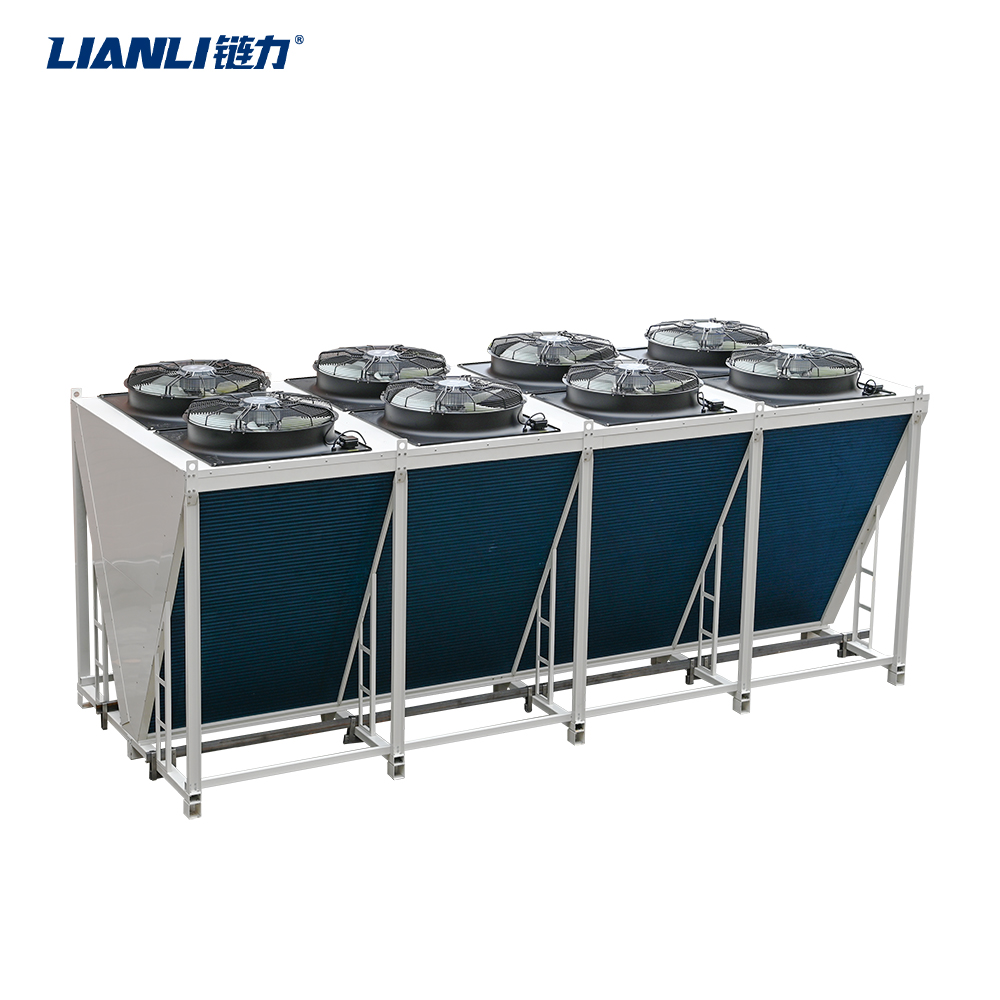Miner S21e Hyd.+: How Water Cooling Can .Improve Mining Hardware Cooling Scalability
In the world of cryptocurrency mining, hardware performance and efficiency are critical. As mining algorithms grow more complex and computational demands increase, miners are constantly seeking ways to improve the performance and longevity of their equipment. One of the most promising advancements in this space is the application of water cooling technology to mining hardware. The
Miner S21e Hyd.+, a cutting-edge model in the latest generation of mining devices, exemplifies how water cooling can revolutionize the scalability and efficiency of cooling systems in mining farms.
Understanding the Cooling Challenges in Mining Hardware
Mining hardware, such as the
Miner S21e Hyd.+, generates significant amounts of heat due to the high computational workloads it processes. Traditional air cooling systems, while effective in smaller setups, often struggle to maintain optimal temperatures in large-scale mining operations. This can lead to thermal throttling, reduced performance, and even hardware degradation over time.
Air cooling also requires substantial physical space and high airflow, which can be difficult to manage in densely packed mining farms. Additionally, fans and heat sinks can accumulate dust, reducing their effectiveness and requiring regular maintenance. These limitations highlight the need for a more scalable and efficient cooling solution—enter water cooling.
How Water Cooling Works in the Miner S21e Hyd.+
The
Miner S21e Hyd.+ utilizes a hybrid water cooling system that combines direct-to-chip cooling with a closed-loop water circulation mechanism. This design allows for precise and efficient heat dissipation, significantly reducing the operating temperature of the mining chips and surrounding components.



Water cooling works by transferring heat away from the source (the mining chip) through a cold plate that is in direct contact with the chip. The heat is then carried away by circulating coolant, which is cooled via a radiator or heat exchanger. This method is far more efficient than air cooling, as water has a much higher heat capacity and thermal conductivity than air.
Benefits of Water Cooling in Mining Hardware
1. Improved Thermal Management
With the
Miner S21e Hyd.+, water cooling allows for more consistent and controlled temperatures, even under heavy workloads. This results in better performance stability and longer hardware lifespan.
2. Higher Density and Scalability
Water cooling systems take up less physical space compared to traditional air cooling setups. This allows for higher density deployments in mining farms, improving overall operational scalability.
3. Reduced Noise and Maintenance
Since water cooling relies less on high-speed fans, mining operations using the
Miner S21e Hyd.+ are quieter and require less frequent cleaning and maintenance.
4. Energy Efficiency
Although water cooling systems do consume additional power for pumps and radiators, they often result in a net energy savings due to improved thermal efficiency and reduced reliance on air conditioning systems.
Challenges and Considerations
While water cooling offers many advantages, it also comes with its own set of challenges. The
Miner S21e Hyd.+ requires careful installation to prevent leaks and ensure proper thermal paste application. Additionally, water cooling systems may have higher upfront costs compared to traditional air-cooled models. However, the long-term benefits in terms of performance, energy savings, and hardware longevity often justify the investment.
Conclusion
The
Miner S21e Hyd.+ represents a major step forward in mining hardware cooling technology. By leveraging water cooling, it addresses many of the limitations of traditional air cooling systems, offering improved thermal management, scalability, and efficiency. As the demand for high-performance mining solutions continues to grow, water cooling is poised to become an essential feature in next-generation mining hardware.


 Water cooling works by transferring heat away from the source (the mining chip) through a cold plate that is in direct contact with the chip. The heat is then carried away by circulating coolant, which is cooled via a radiator or heat exchanger. This method is far more efficient than air cooling, as water has a much higher heat capacity and thermal conductivity than air.
Water cooling works by transferring heat away from the source (the mining chip) through a cold plate that is in direct contact with the chip. The heat is then carried away by circulating coolant, which is cooled via a radiator or heat exchanger. This method is far more efficient than air cooling, as water has a much higher heat capacity and thermal conductivity than air.





